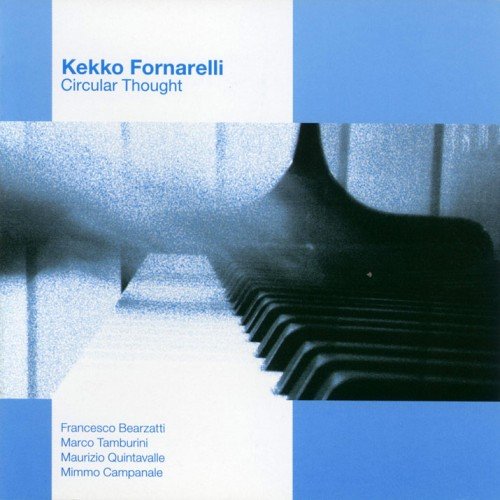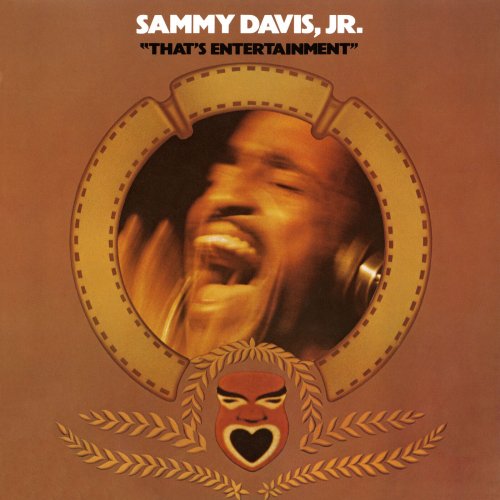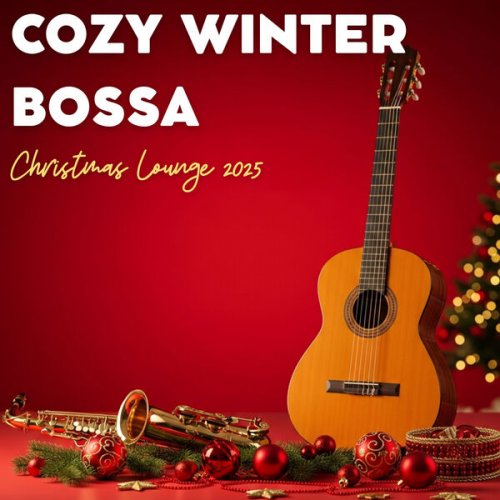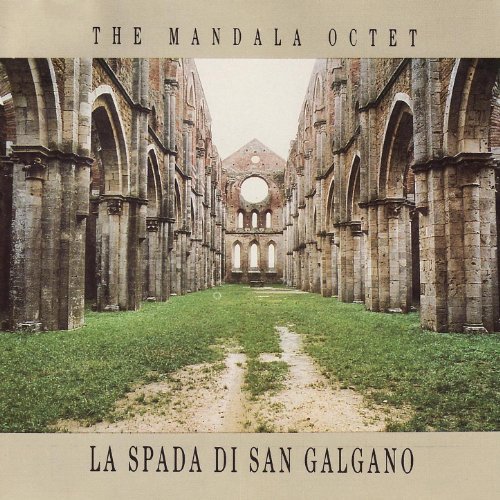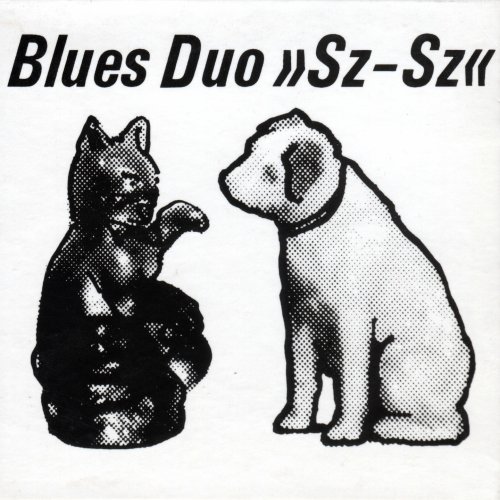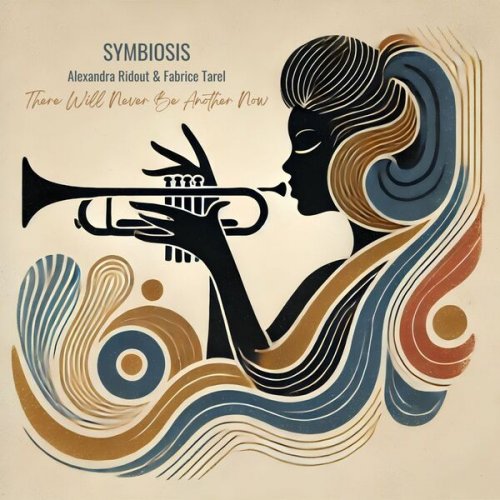Markus Eichenberger & Daniel Studer - Suspended (2018)
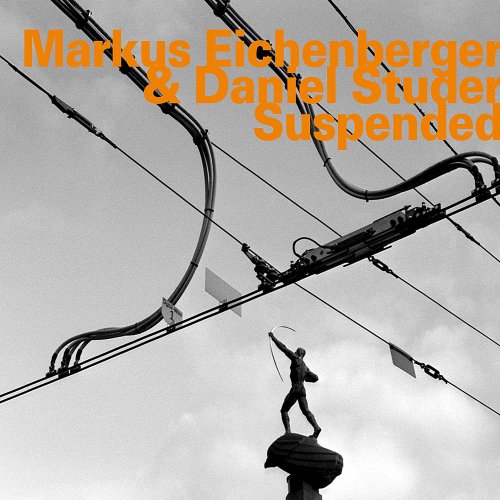
Artist: Markus Eichenberger & Daniel Studer
Title: Suspended
Year Of Release: 2018
Label: HAT HUT Records
Genre: Jazz, Avantgarde, Experimental
Quality: FLAC (tracks)
Total Time: 45:46 min
Total Size: 190 MB
WebSite: Album Preview
Tracklist:Title: Suspended
Year Of Release: 2018
Label: HAT HUT Records
Genre: Jazz, Avantgarde, Experimental
Quality: FLAC (tracks)
Total Time: 45:46 min
Total Size: 190 MB
WebSite: Album Preview
1. Walking Harshly 4:17
2. Pausing Reluctantly 5:40
3. Staying Numbly 6:24
4. Glancing Loudly 5:14
5. Listening Sideways 10:56
6. Gliding Upwards 7:50
7. Aiming Anew 5:25
Familiarity and its inverse foreign intrigue are concepts integral to Suspended, a timely aural document of the musical partnership between Swiss clarinetist Markus Eichenberger and his countryman / colleague bassist Daniel Studer. Both men have vitae brimming with the kind of credentials that instantly assert long-standing acumen and authority in improvised music. Essayist Art Lange argues that their eight years as a duo and nearly another dozen as collaborators in larger settings need not be considered oppositional or an impediment to the pursuit of free improvisation. Despite the absence of preconceived patterns or parameters, the sounds they create separately and together will garner at least surface level receptiveness and recognition from listeners familiar with the idiom-resistant language of collective musical extemporization.
Context-absent adverbial phrases serve as titles for the studio set’s seven pieces. Attaching verbal meaning to a musical counterpart becomes a subjective enterprise from the opening tones of “Walking Harshly” onward. Studer’s strings almost sound like their piano equivalents as Eichenberger blows long Doppler tones broken by dryly drawn breaths. Subsequent pieces limn the imbricated sonorities between the two instruments, sometimes attributable to specific source, at other junctures transformed to the point of near-atomization. “Staying Numbly” contrasts strategically percussive string strikes with another series of hollow, flute-like expulsions from bass clarinet. Once again the individual actors are at points obscured in the service of an over-arching narrative of abstraction.
“Listening Sideways”, the set’s longest foray, also makes the most expansive use of silence. Studer conjures vibrating swathes of harmonics with bow that mirror and undergird Eichenberger’s split tones. The gelid mélange evokes icy, open vistas swept clean by recurring presence of biting arctic winds. Even the occasional sounds of the reedist whetting his palate are audible in the closely revealing mix and become part of the music. Structure manifests concretely in the second half as gestures align along specific trajectories, but an ephemeral feeling still pervades the conversation. The old and largely disproven adage proffered by Derek Bailey that truly spontaneous music has the best outcomes amongst players whose associations are nascent comes to mind in this context as well with Eichenberger and Studer illustrating that the guitarist’s generalization was generally off-base.
Context-absent adverbial phrases serve as titles for the studio set’s seven pieces. Attaching verbal meaning to a musical counterpart becomes a subjective enterprise from the opening tones of “Walking Harshly” onward. Studer’s strings almost sound like their piano equivalents as Eichenberger blows long Doppler tones broken by dryly drawn breaths. Subsequent pieces limn the imbricated sonorities between the two instruments, sometimes attributable to specific source, at other junctures transformed to the point of near-atomization. “Staying Numbly” contrasts strategically percussive string strikes with another series of hollow, flute-like expulsions from bass clarinet. Once again the individual actors are at points obscured in the service of an over-arching narrative of abstraction.
“Listening Sideways”, the set’s longest foray, also makes the most expansive use of silence. Studer conjures vibrating swathes of harmonics with bow that mirror and undergird Eichenberger’s split tones. The gelid mélange evokes icy, open vistas swept clean by recurring presence of biting arctic winds. Even the occasional sounds of the reedist whetting his palate are audible in the closely revealing mix and become part of the music. Structure manifests concretely in the second half as gestures align along specific trajectories, but an ephemeral feeling still pervades the conversation. The old and largely disproven adage proffered by Derek Bailey that truly spontaneous music has the best outcomes amongst players whose associations are nascent comes to mind in this context as well with Eichenberger and Studer illustrating that the guitarist’s generalization was generally off-base.
